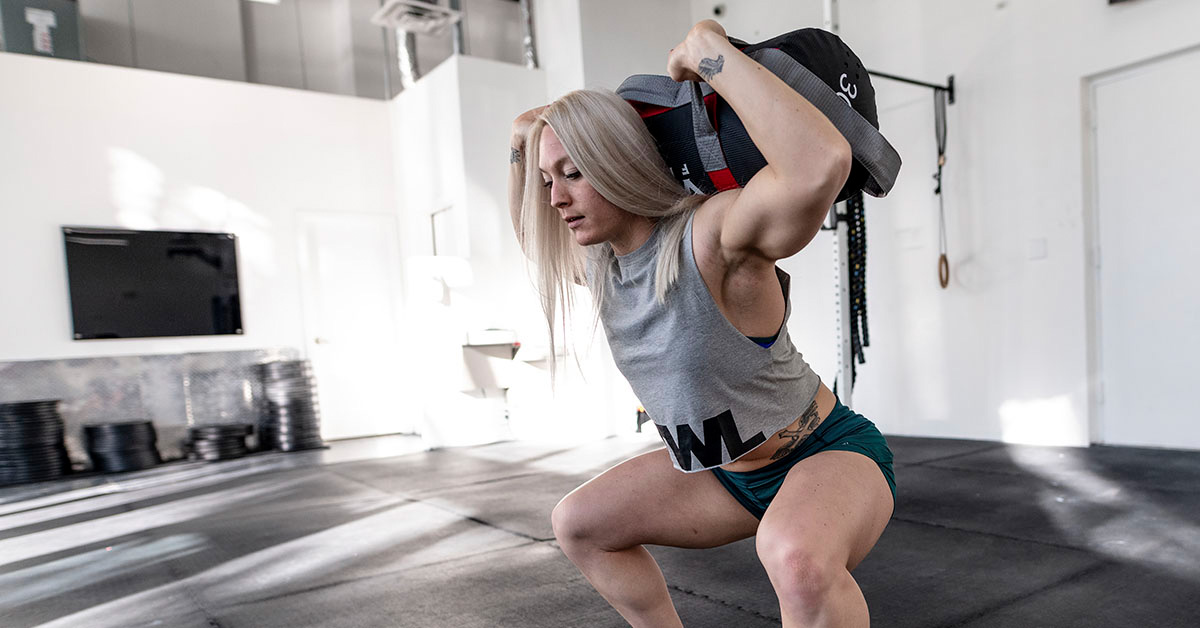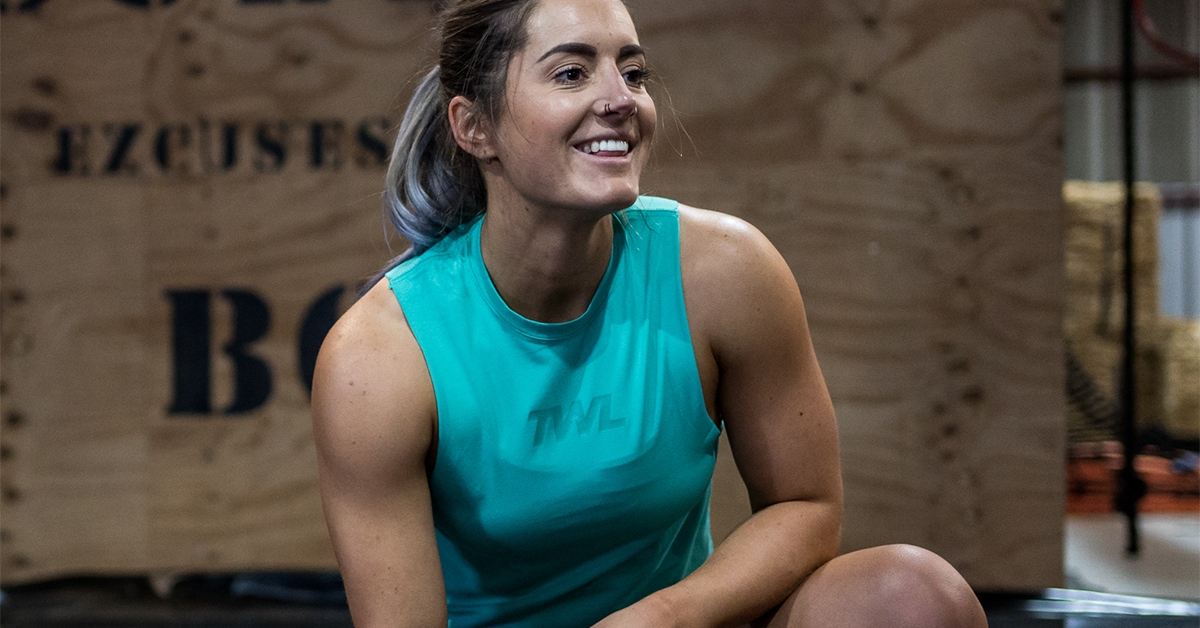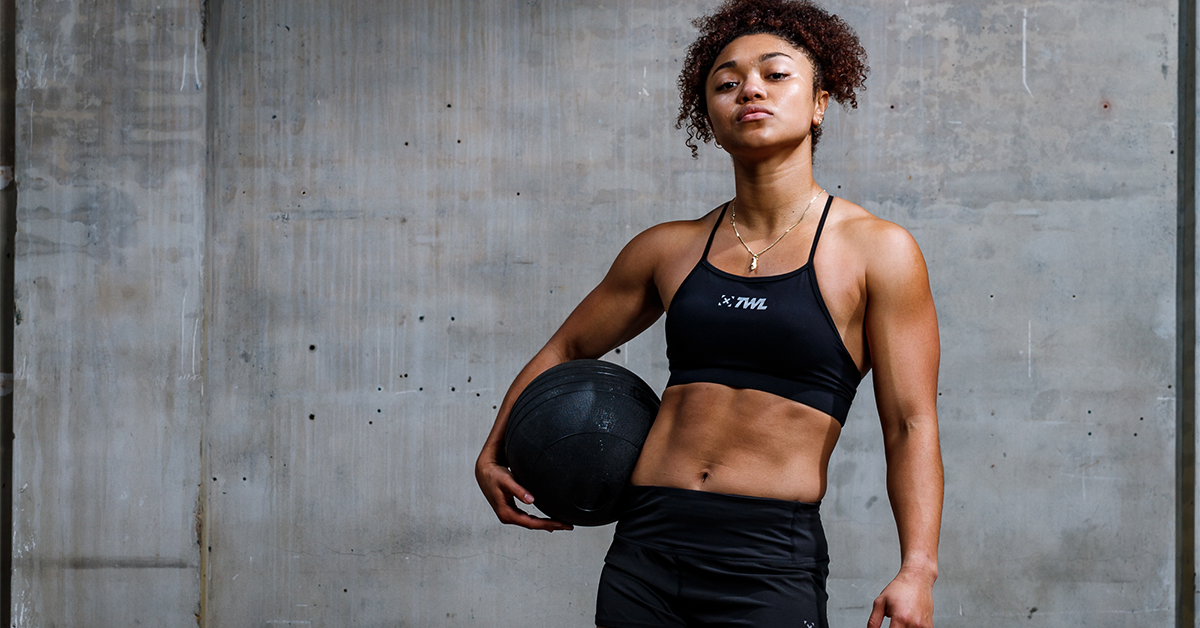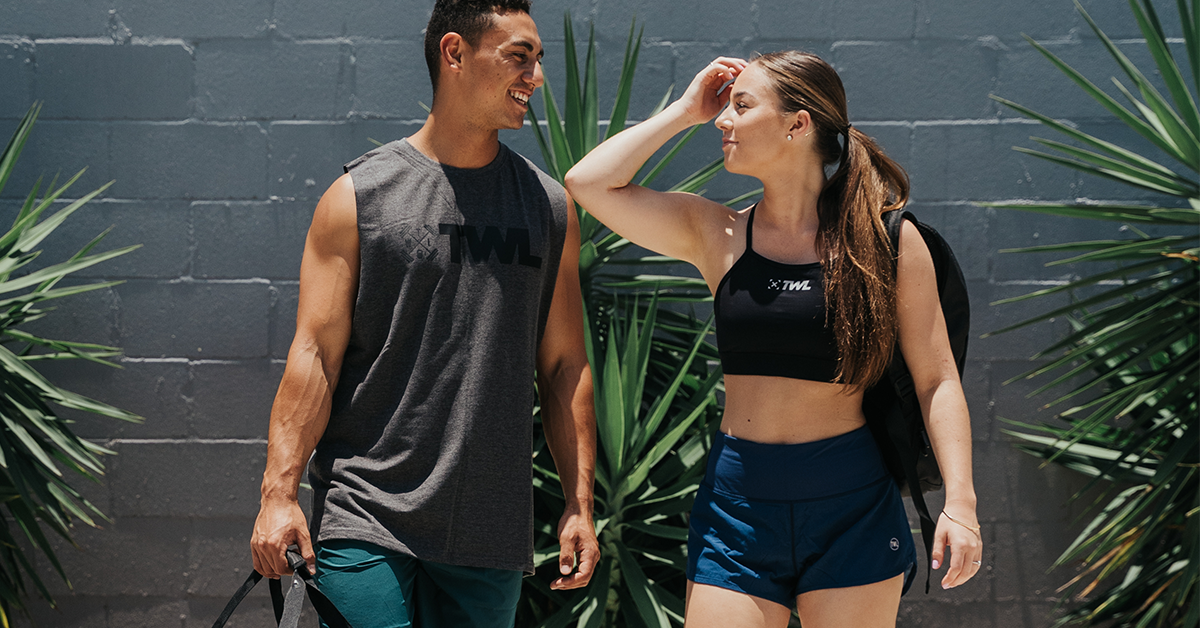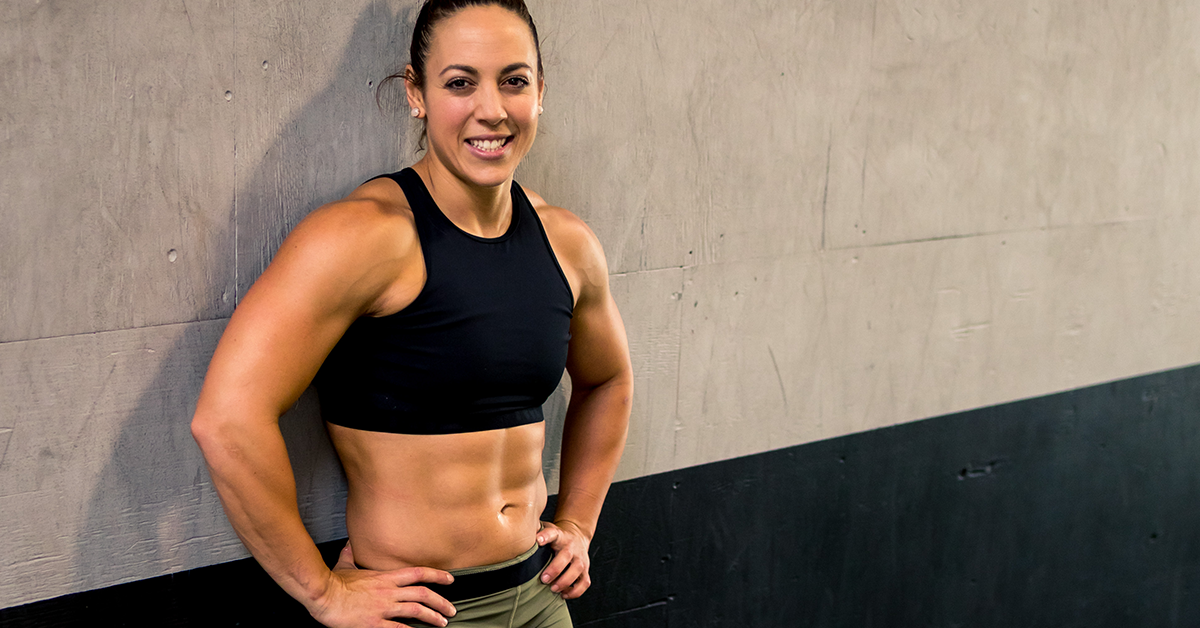If your aching back is threatening to keep you away from the gym, you’ve come to the right place. While long-term pain that fails to improve should send you to the doctor’s office, lower back pain is often caused not by spinal injury but by weak or immobile muscles in the areas tied to the lower back. To help alleviate this discomfort, you should make exercises to beat lower back pain part of your training.
Weakness and immobility lead to poor posture and movement both in and out of the gym, which places extra stress on your spine and pelvic region. The following exercises target muscles up and down the chain whose weakness can cause lower back pain.
6 Exercises for Lower Back Pain
1. The Glute Bridge
Why do it: The glute bridge targets not only the glutes — which are key to keeping the pelvis in proper position — but also muscles throughout the core, lower back, and legs.
How to do it: Lay with your back on the floor and your knees raised, feet flat on the floor. Keeping your arms relaxed at your sides, engage your core (draw your belly button to your torso) and lift your butt and torso off the floor by squeezing your glutes and pressing into your heels. Make sure your back doesn’t arch or collapse.
You can do the glute bridge in reps (try 15 at a time for five rounds) or as a static hold (start with 30 seconds and work your way up to longer times).
2. Bird Dog
Why do it: The bird dog challenges coordination, which is essential for good movement, while strengthening muscles from your shoulders through your legs, including core stabilizers and your glutes.
How to do it: Get on your hands and knees on the floor with your back flat and unbroken. With your core engaged, raise one leg in the air behind you and raise your opposite arm straight out in front of you. The leg you raise should straighten from its bent position. Slowly lower your arm and leg back to the floor and repeat with your opposite limbs. Do 10 reps on each side four to six times. Keep the reps slow and focus on high-quality form. Do not let your torso collapse.
3. The Wall Sit
Why do it: This static drill forces you to maintain stability in your pelvis and challenges your glutes, adductors (the muscles of your inner thigh), and hamstrings.
How to do it: With your back against the wall, slide down into a parallel squat with your feet hip- or shoulder-width apart. Hold this position for anywhere from 20 to 60 seconds at a time, keeping your back against the wall and pressing your feet into the ground. Make sure you’re placing equal stress on both legs. If you can’t tell, have a friend check to make sure your stance is even.
4. Alternating Cobra and Child’s Pose
Why do it: If your lower back is incredibly tight, your lack of mobility may be the reason you’re in pain. These two poses stretch muscles throughout your torso, but especially in your lower back.
How to do it: Lay on your stomach on the ground, and with your hands firmly planted on the ground, push your torso in an arch up off the floor. Once you’ve stretched as far as you can go, hold that position for five to 10 seconds. Then, lower back down to the starting position. Keeping your hands in place, fold your knees and hips so your butt rests on your heels and your arms are stretched out in front of you. Push yourself backward and down. Hold this position for the same amount of time that you held the cobra position. Repeat five to seven times.
5. Lateral Leg Raises
Why do it: Lateral leg raises target your hip abductors, most notably your piriformis and gluteus medius which, when weak, are often the perpetrators of lower back pain.
How to do it: Lay on your side on the floor, propped up on your elbow with your bottom leg slightly bent at the knee. Slowly raise your top leg up as far as you can and lower it back down. Do five to 15 reps on each side, making sure to keep the rest of your body static throughout the movement.
For a greater challenge, keep your leg raised in a static hold for 10 to 20 seconds at a time before lowering it back down. If you’ve mastered this movement and have the necessary core stability, you can also do leg raises from the side plank position.
6. Isometric Single-Leg Wall Lean
Why do it: This exercise specifically targets your gluteus medius, which is responsible for stabilizing your pelvis. An unstable pelvis puts the lumbar spine in a bad position, so the more you can strengthen the gluteus medius, the better your back will feel.
How to do it: Stand with one arm against the wall. Raise your wall-side knee so your thigh is parallel to the floor. Your hip shouldn’t be touching the wall. Stressing your standing leg, press your hip into the wall and release. Repeat 10 times on each side for five sets.
Implement these exercises as part of your warm-up and cool-down routines to make sure your muscles are firing when you need them to. If any of these exercises lead to worse pain in your lower back — or simply don’t improve anything — it may be time to visit the doctor and make sure your pain isn’t more serious than a simple muscle strain.
Psst! Want to encourage recovery even more? Check out this roll-on magnesium.

